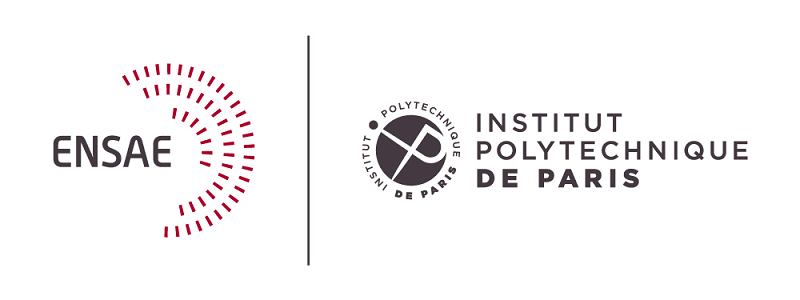Learning-Augmented Priority Queues
Résumé
Priority queues are one of the most fundamental and widely used data structures in computer science. Their primary objective is to efficiently support the insertion of new elements with assigned priorities and the extraction of the highest priority element. In this study, we investigate the design of priority queues within the learning-augmented framework, where algorithms use potentially inaccurate predictions to enhance their worst-case performance. We examine three prediction models spanning different use cases, and we show how the predictions can be leveraged to enhance the performance of priority queue operations. Moreover, we demonstrate the optimality of our solution and discuss some possible applications.
| Origine | Fichiers produits par l'(les) auteur(s) |
|---|
